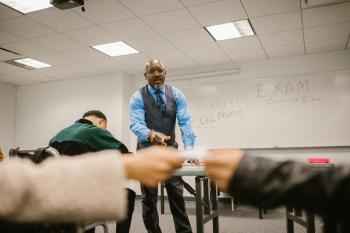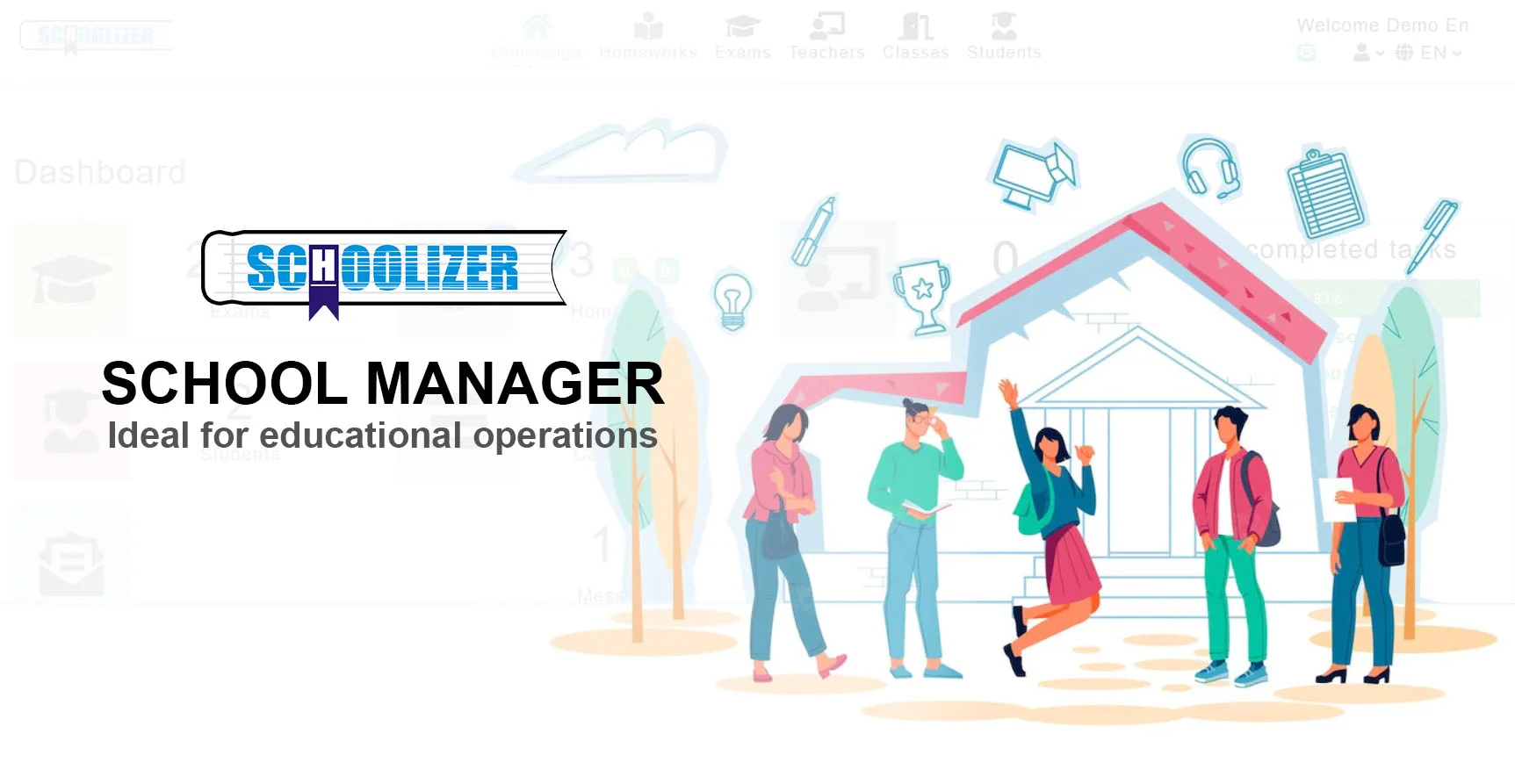The Whole Teacher Approach: Transforming Education Through Holistic Teaching

Becoming a Whole Teacher: A Holistic Approach to Modern Education
What does it mean to be a whole teacher? Why is this approach essential in today's classrooms? How can educators transform their teaching practices to nurture not just academic success but also emotional and social growth? These questions lie at the heart of modern pedagogy, where the role of a teacher extends far beyond delivering lessons.
The Concept of a Whole Teacher
A whole teacher is an educator who recognizes that teaching is not just about imparting knowledge but about fostering the holistic development of students. This means addressing their intellectual, emotional, social, and even physical needs. The concept emphasizes the importance of self-awareness, empathy, and adaptability in teaching.
For example, a teacher who notices a student struggling with anxiety might adjust their teaching style to include mindfulness exercises, demonstrating how emotional well-being directly impacts learning. This approach creates a supportive environment where students feel valued beyond their academic performance.

The Pillars of Whole Teaching
Emotional Intelligence
Teachers with high emotional intelligence can read their students' moods, respond to their needs, and create a classroom atmosphere that encourages openness and trust. This skill is crucial for managing conflicts and building strong student-teacher relationships.
Cultural Competence
In diverse classrooms, understanding and respecting different cultural backgrounds is vital. A whole teacher integrates multicultural perspectives into lessons, ensuring all students feel represented and respected.
Lifelong Learning
Great teachers are also perpetual students. They stay updated with pedagogical trends, subject matter advancements, and new technologies to keep their teaching methods fresh and effective.
A practical application could be a history teacher incorporating augmented reality to bring historical events to life, showing how technological adoption enhances engagement.

Strategies for Becoming a Whole Teacher
Transitioning to this comprehensive teaching style requires intentional strategies:
- Reflective Practice: Regularly assess your teaching methods and their impact on students.
- Student-Centered Learning: Design activities that cater to different learning styles and paces.
- Community Building: Create opportunities for peer collaboration and social-emotional learning.
For instance, implementing weekly reflection journals where students share their learning experiences can provide insights into their emotional and academic needs.

Challenges and Solutions
Adopting a whole teacher approach isn't without hurdles. Time constraints, standardized testing pressures, and large class sizes can make personalized attention difficult. However, solutions exist:
- Micro-lessons: Break down content into smaller, more digestible segments that allow for individualized check-ins.
- Peer Teaching: Empower students to teach each other, fostering community while easing the teacher's load.
- Digital Tools: Use educational apps to track student progress and identify areas needing attention.
A real-world example is a math teacher using gamified learning platforms to differentiate instruction, allowing students to progress at their own pace while the teacher monitors their emotional and academic growth.

The Impact of Whole Teaching
When teachers embrace this holistic approach, the benefits extend beyond test scores:
- Improved Student Well-being: Students feel seen and supported in all aspects of their development.
- Stronger Relationships: Trust between teachers and students leads to more effective learning environments.
- Long-term Success: Students equipped with emotional and social skills perform better in higher education and careers.
Research shows that schools implementing social-emotional learning programs see not just better academic results but also reduced behavioral issues and increased graduation rates.

Implementing Whole Teaching in Your Classroom
Ready to transform your teaching practice? Start with these actionable steps:
- Conduct a self-assessment of your current teaching strengths and areas for growth.
- Incorporate daily check-ins with students to gauge their emotional state.
- Attend professional development workshops focused on holistic education.
- Collaborate with colleagues to share strategies and resources.
- Regularly solicit student feedback to adjust your methods.
Remember, becoming a whole teacher is a journey, not a destination. Each small change contributes to creating a more nurturing and effective learning environment.







